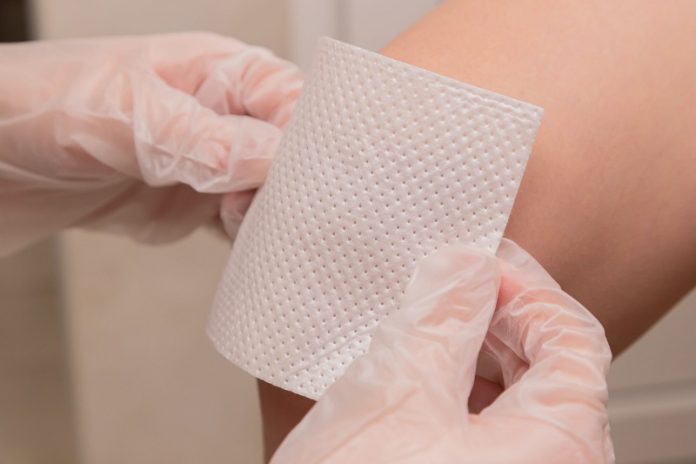
Researchers have discovered a new way to fight harmful bacteria on the skin using tiny electric currents, which could lead to drug-free treatments for infections and wounds.
This innovative approach, detailed in the journal Device on October 24, involves using a skin patch that delivers gentle electric pulses to control bacteria.
Bozhi Tian, a senior researcher from the University of Chicago, expressed excitement about this breakthrough, saying, “This opens up exciting possibilities for drug-free treatments, especially for skin infections and wound healing, where antibiotic-resistant bacteria pose a serious challenge.”
Using electricity in medical treatments isn’t a new idea.
For instance, pacemakers help regulate heartbeats by stimulating heart muscles with small electric currents.
Similarly, certain bionic eye devices use electricity to help patients partially regain vision.
But this is the first time researchers have designed a patch to target bacteria on the skin using electricity.
Tian’s team wanted to find a way to manage bacteria without using antibiotics, which have led to the growing issue of antibiotic resistance.
Overuse of antibiotics has caused many bacteria to evolve and become resistant, making current drugs less effective.
In fact, experts estimate that drug-resistant infections contributed to about 1.27 million deaths globally in 2019.
The researchers specifically tested a common skin bacterium called Staphylococcus epidermidis (S. epidermidis).
This bacterium is usually harmless and even helps protect the skin from harmful germs. However, it can cause serious infections if it enters the body through wounds or medical devices like catheters.
What’s worrying is that new strains of S. epidermidis have recently emerged, resistant to all major classes of antibiotics.
The team discovered that electric currents can affect S. epidermidis, but only under acidic conditions. This “selective excitability” is important because healthy skin is naturally mildly acidic, while chronic wounds often become neutral or slightly basic.
First author Saehyun Kim from the University of Chicago explained, “Bacteria’s response to electricity isn’t well explored, partially because we don’t know the specific conditions under which bacteria will be excited. Discovering this selective excitability will help us understand how to control other bacteria species by looking at different conditions.”
The researchers found that a weak electric voltage of 1.5 volts, applied for 10 seconds every 10 minutes over 18 hours, was enough to stop 99% of the bacterial biofilm—clusters of bacteria that often resist drugs and cause long-lasting infections. The treatment only worked in acidic environments, which makes it ideal for targeting bacteria on healthy skin or treated wounds.
To make this treatment practical, the team developed a special skin patch called BLAST (Bioelectronic Localized Antimicrobial Stimulation Therapy).
This patch has electrodes and a hydrogel to create the necessary acidic conditions. Tests on pork skin and the surface of a catheter showed a significant reduction in bacterial cells and biofilm.
Tian and his team believe that with further research, they can develop a wearable, wireless patch to control infections without the need for drugs. This new method could be a game-changer for people with chronic wounds or those at risk of drug-resistant infections.



